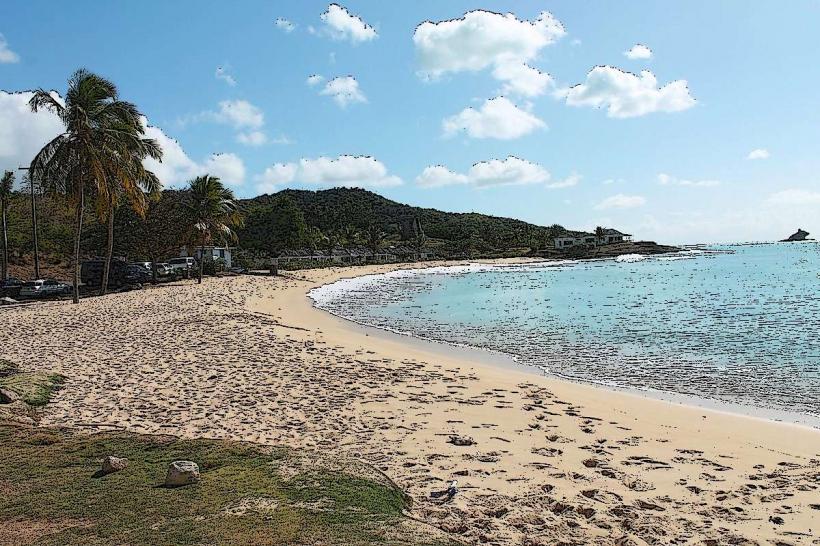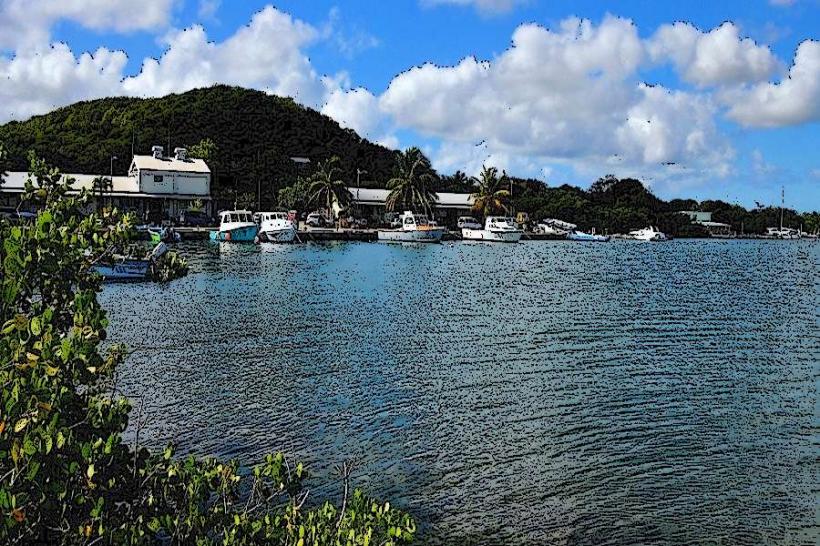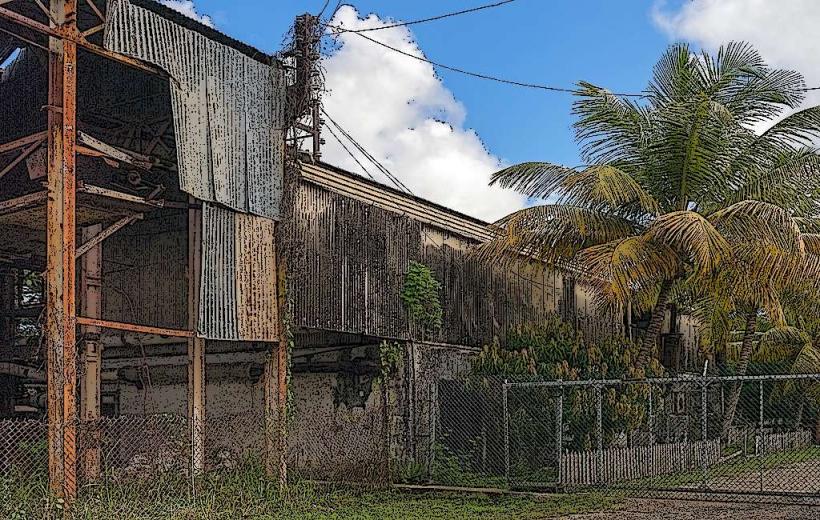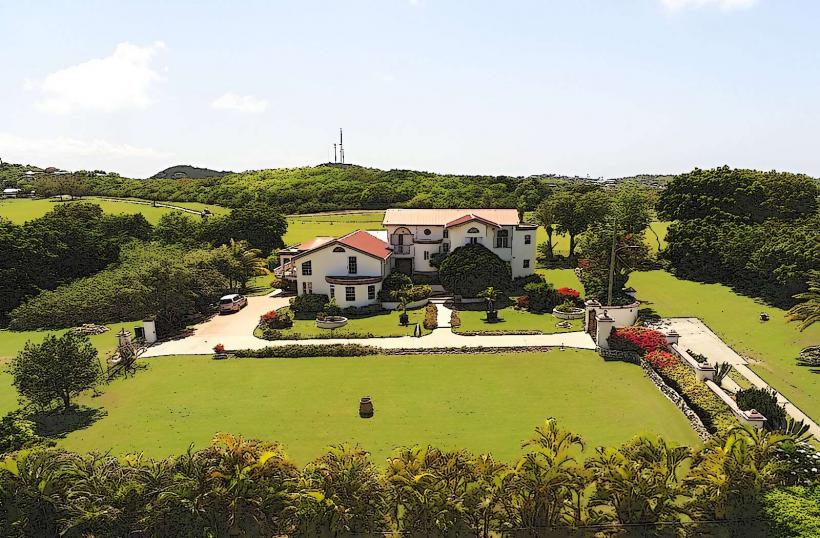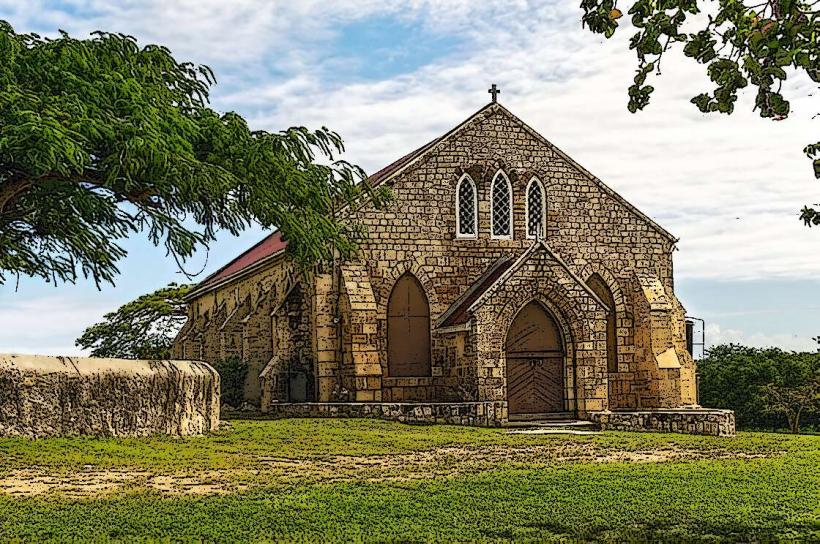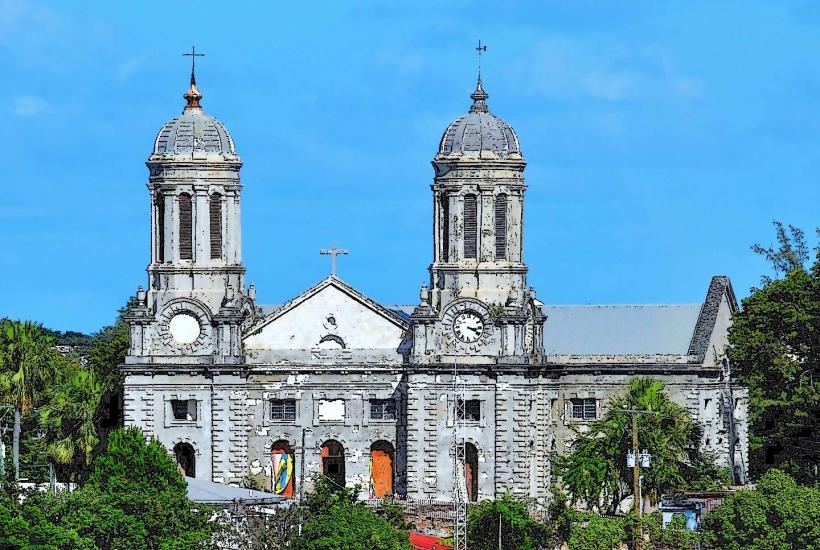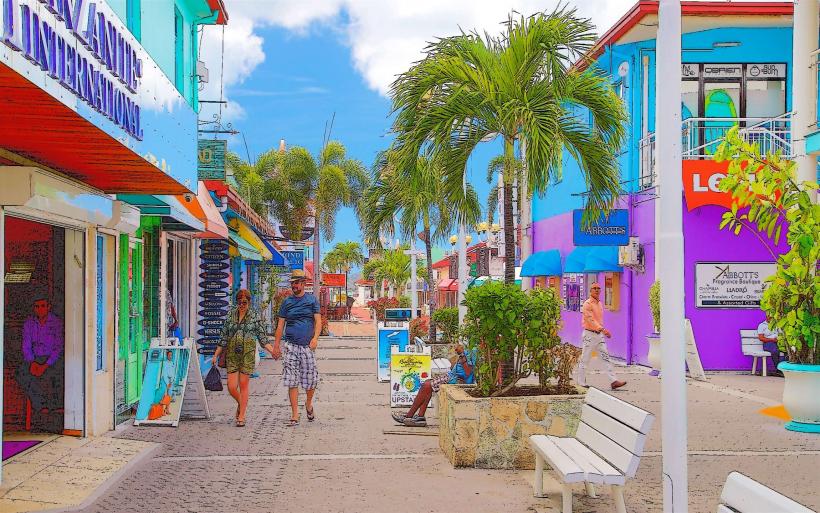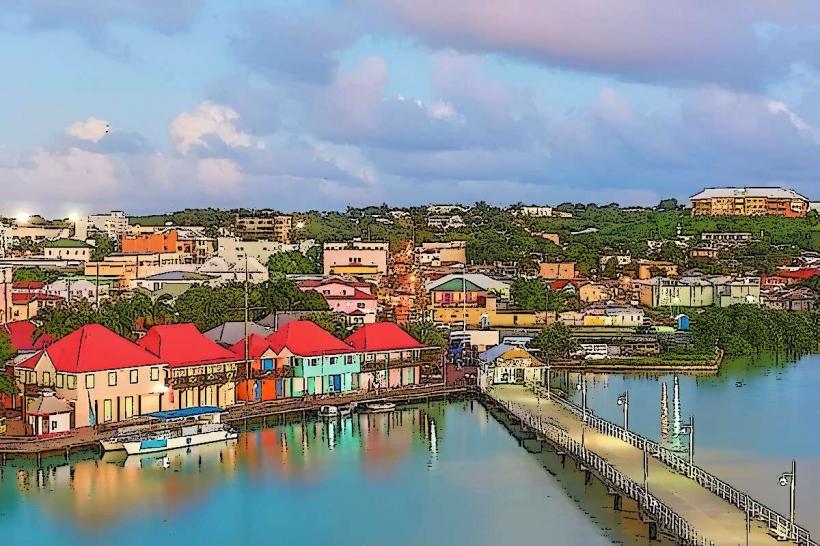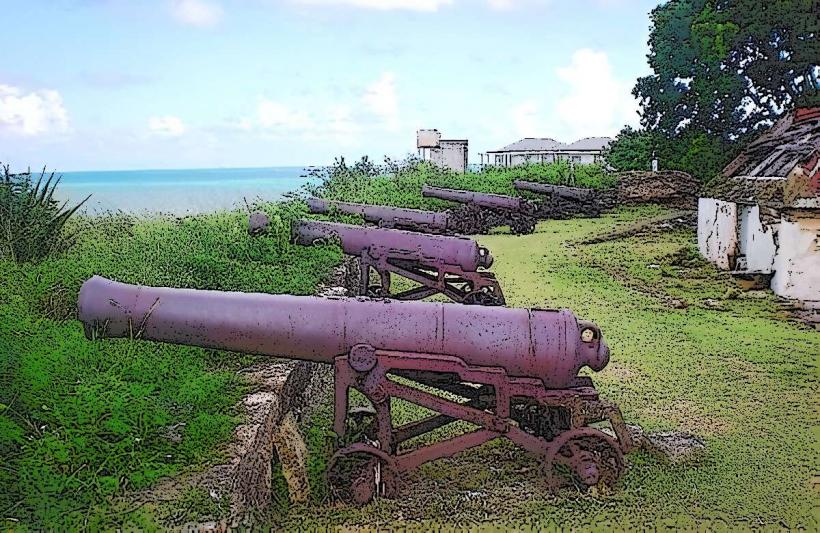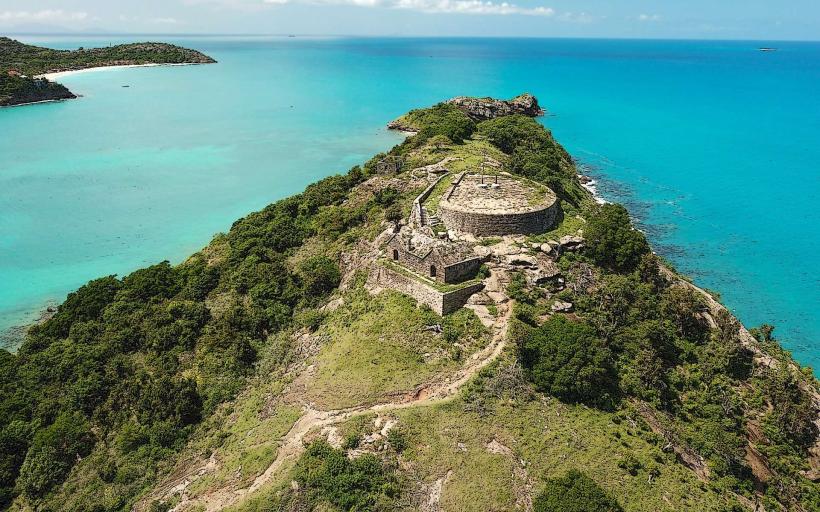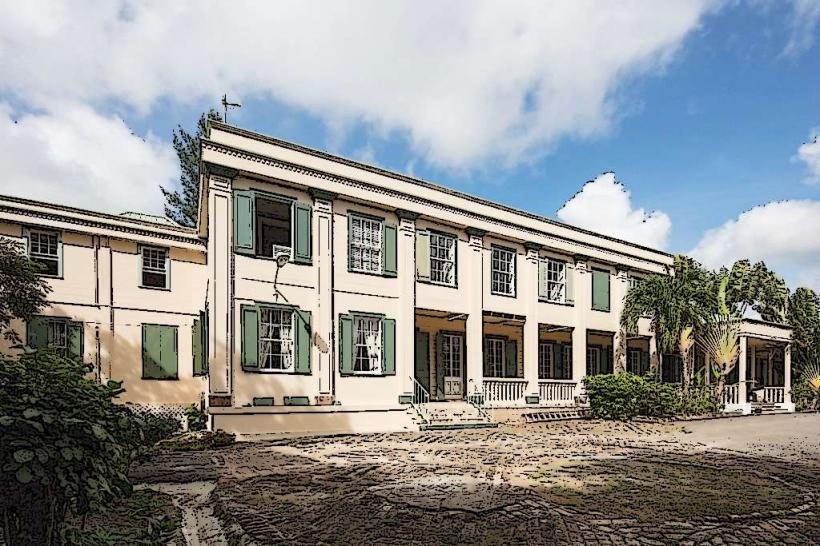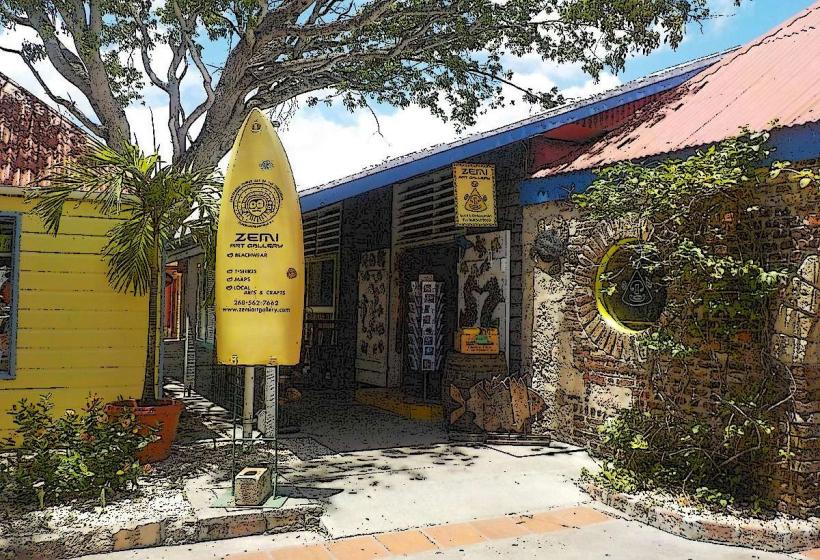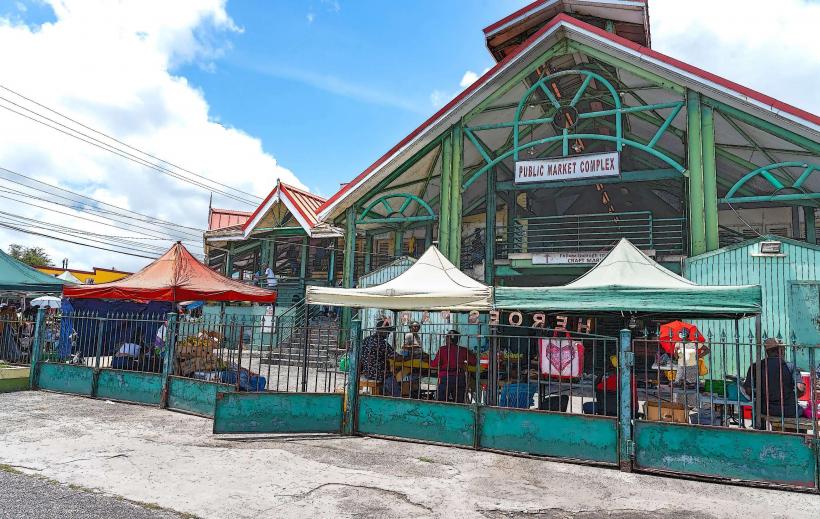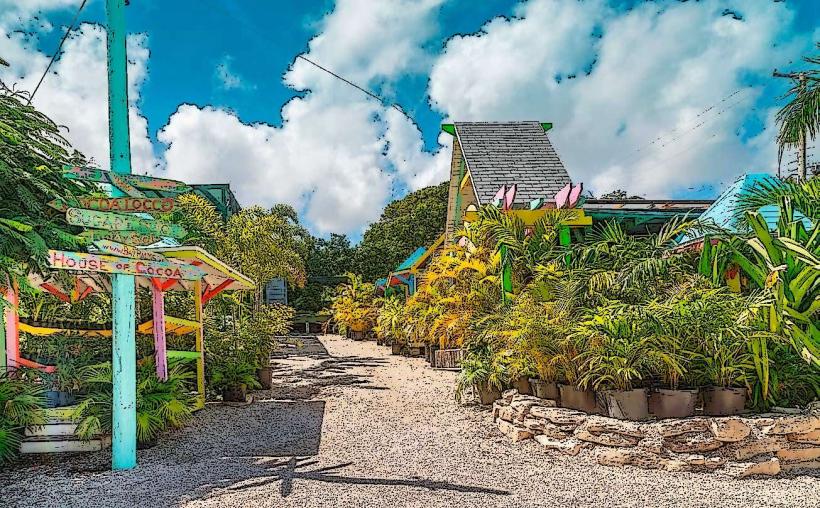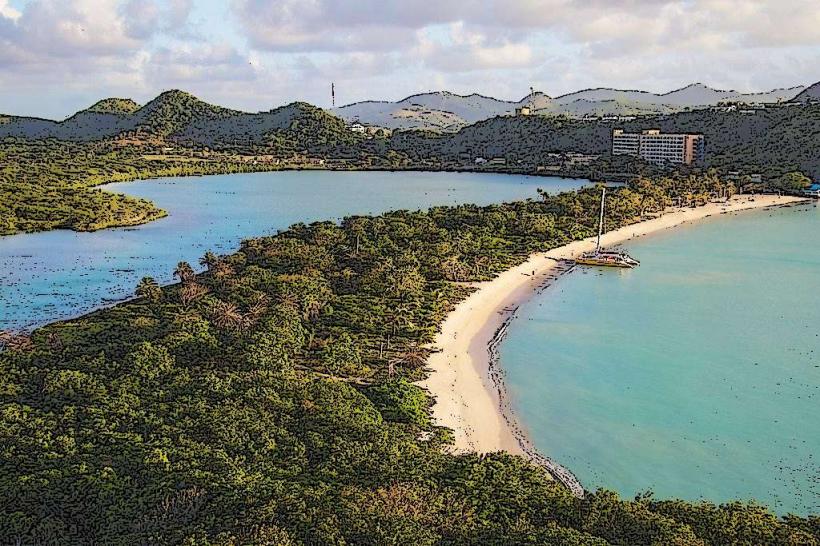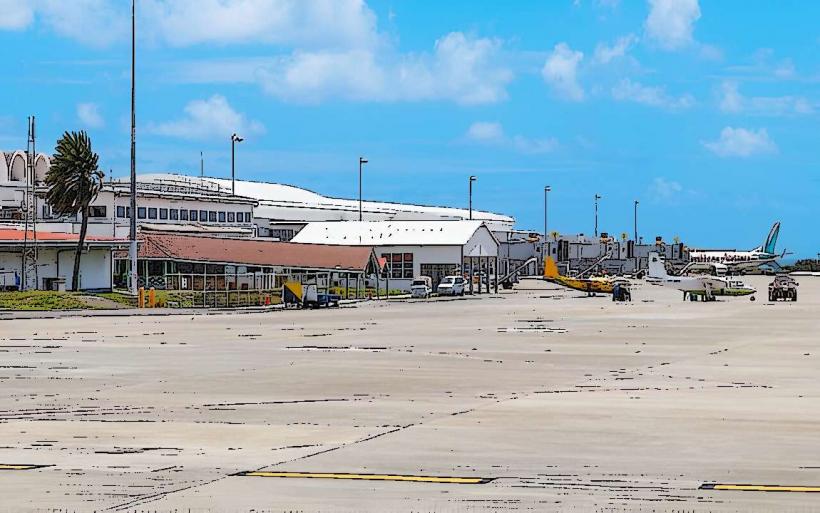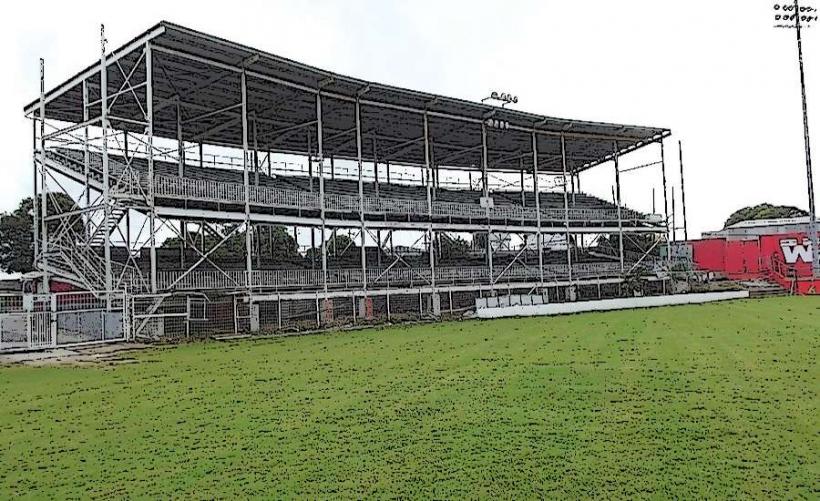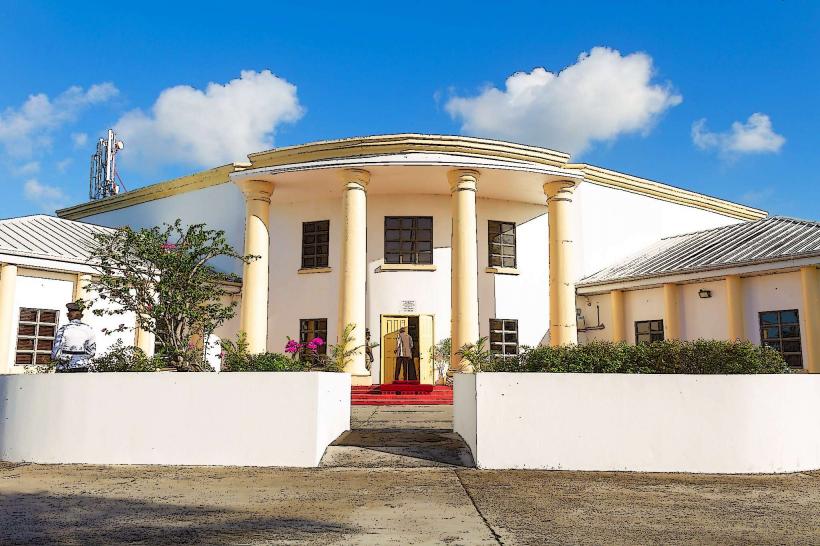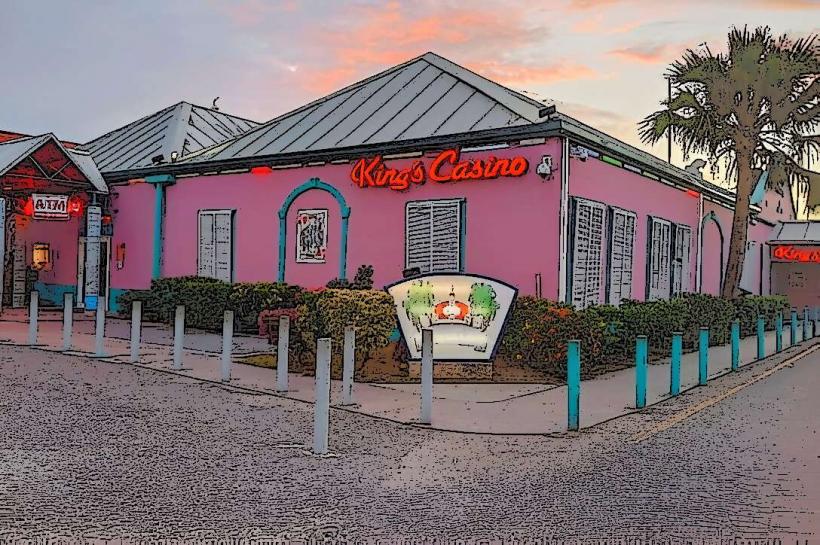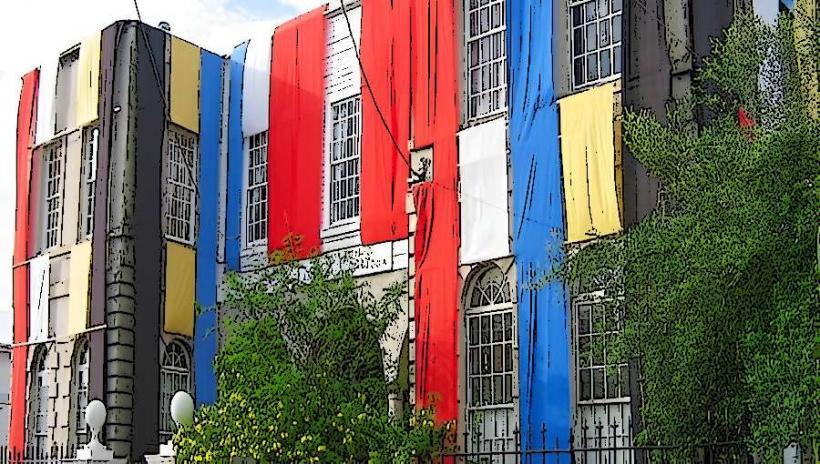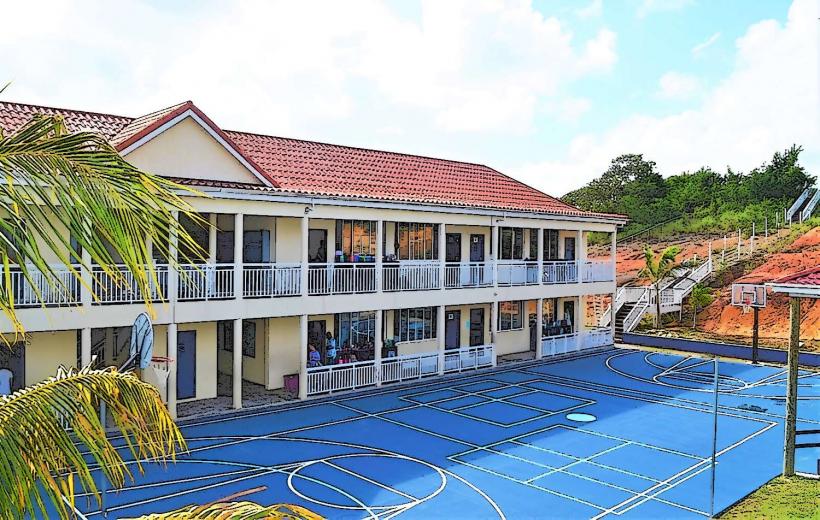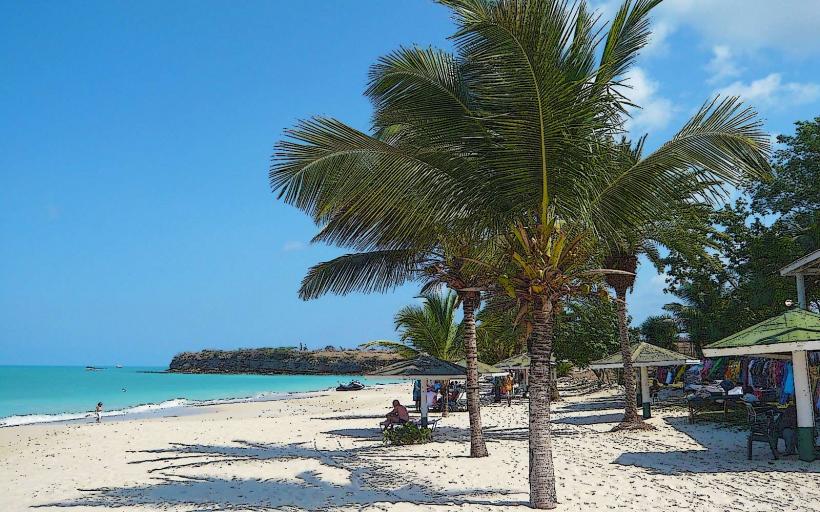Information
Landmark: Museum of Antigua and BarbudaCity: St Johns
Country: Antigua and Barbuda
Continent: North America
Museum of Antigua and Barbuda
The Museum of Antigua and Barbuda, located in the heart of St. John’s, is the oldest institution of its kind in the country. Housed in the historic 18th-century Courthouse Building, it offers visitors a fascinating journey through the twin-island nation's rich history, culture, and natural heritage. The museum serves as a repository of Antigua and Barbuda's past, from its geological formation to the modern era.
Historical Context
- Building History: The museum is situated in the former Courthouse of St. John’s, built in 1750. This Georgian-style structure is one of the oldest surviving buildings in Antigua and was originally used for judicial proceedings. Its transformation into a museum has preserved its historical significance.
- Establishment: The museum officially opened in 1985, aiming to educate the public and preserve Antigua and Barbuda’s heritage.
Exhibits and Collections
1. Geological History
- Volcanic Origins: Displays about the islands’ formation highlight their volcanic origins and coral reef structures.
- Fossils and Rocks: Exhibits feature ancient fossils and samples of volcanic rock, showcasing the geological evolution of Antigua and Barbuda.
2. Indigenous Heritage
- Arawaks and Caribs: Learn about the first inhabitants of the islands, the Arawak and Carib peoples, through artifacts such as pottery, tools, and petroglyphs.
- Life-Sized Model of an Arawak House: A centerpiece of the museum, this model provides an immersive glimpse into the daily lives of Antigua’s earliest settlers.
3. Colonial History
- European Colonization: Exhibits detail the arrival of Christopher Columbus and the subsequent colonization by the British.
- Plantation Economy: Learn about Antigua’s role in the sugar trade, including the harsh realities of slavery and plantation life.
- Emancipation and Beyond: Artifacts and documents reflect the journey to emancipation in 1834 and its impact on Antiguan society.
4. Maritime History
- Naval Significance: Antigua’s strategic position in the Caribbean made it a critical naval base during the colonial era. Maritime artifacts include ship models, maps, and navigational tools.
- Nelson’s Dockyard: Displays highlight the significance of this UNESCO World Heritage Site and its connection to British Admiral Horatio Nelson.
5. Modern Antigua and Barbuda
- Independence: The museum chronicles the country’s path to independence in 1981, including political milestones and cultural developments.
- Cultural Traditions: Displays celebrate local music, dance, festivals, and the enduring influence of African and European traditions.
Notable Artifacts
- Sugar Mill Model: A detailed model of a traditional sugar mill illustrates the mechanics of sugar production.
- Ceremonial Artifacts: Items used in traditional ceremonies and rituals, such as masks and musical instruments.
- Historic Maps and Documents: Original maps and colonial documents offer insights into the islands’ administrative and economic history.
Visitor Information
- Location: Long Street and Market Street, St. John’s, Antigua. It’s centrally located, making it accessible to visitors exploring the capital.
- Hours: Open Monday through Friday, typically from 8:30 AM to 4:30 PM. Hours may vary on holidays.
- Admission: A modest entrance fee is charged, with discounts for children and groups.
- Guided Tours: Knowledgeable guides provide in-depth tours, enriching the experience with detailed historical insights.
- Gift Shop: The museum’s gift shop sells books, souvenirs, and locally made crafts.
Nearby Attractions
- St. John’s Cathedral: A short walk from the museum, this Anglican cathedral is a historical and architectural gem.
- Heritage Quay: A bustling shopping and dining district near the museum.
- Redcliffe Quay: A charming area filled with boutiques, art galleries, and restaurants.
Why Visit?
The Museum of Antigua and Barbuda offers a comprehensive and engaging exploration of the islands’ past. It’s a must-visit destination for history enthusiasts, students, and anyone curious about the roots of Antiguan and Barbudan culture. With its rich exhibits and historic setting, the museum provides a meaningful connection to the stories that have shaped this Caribbean nation.

